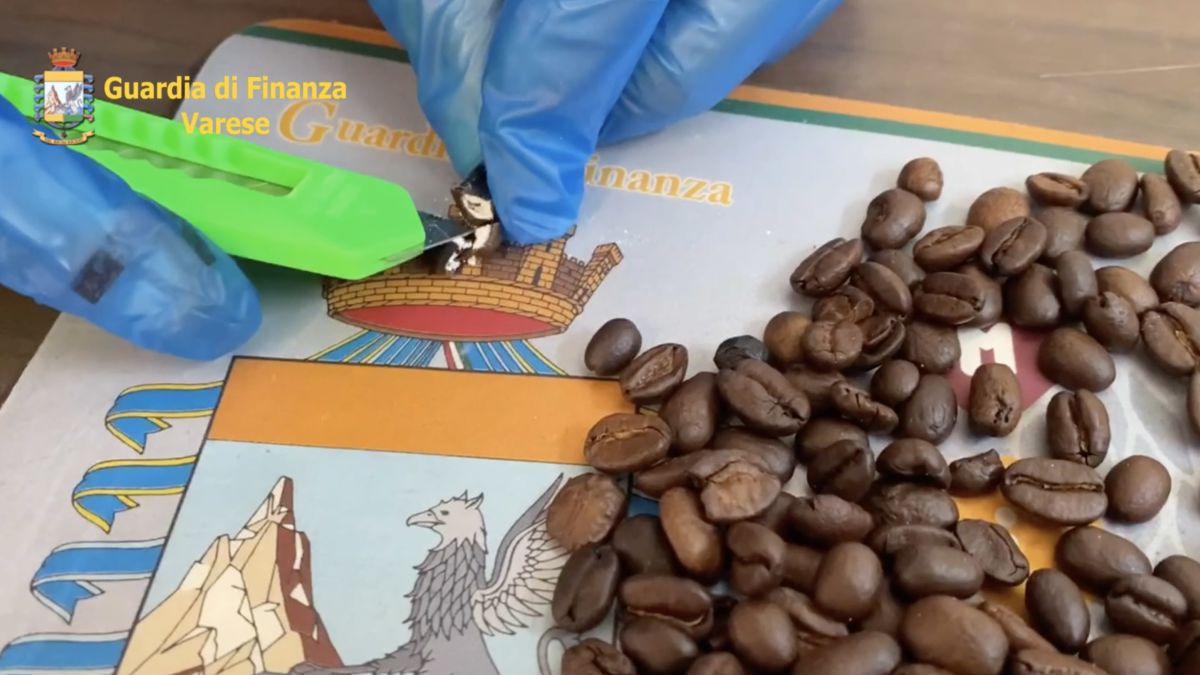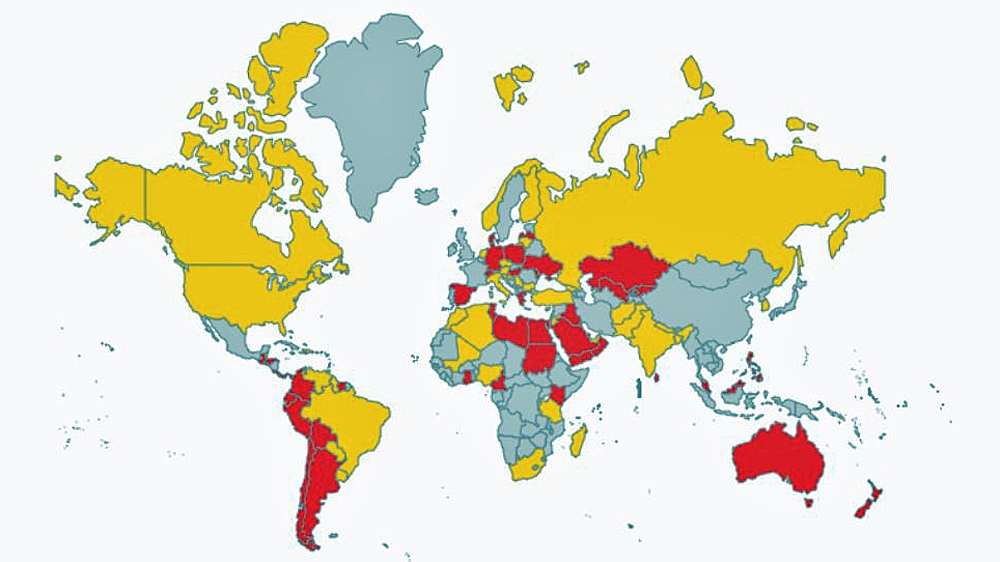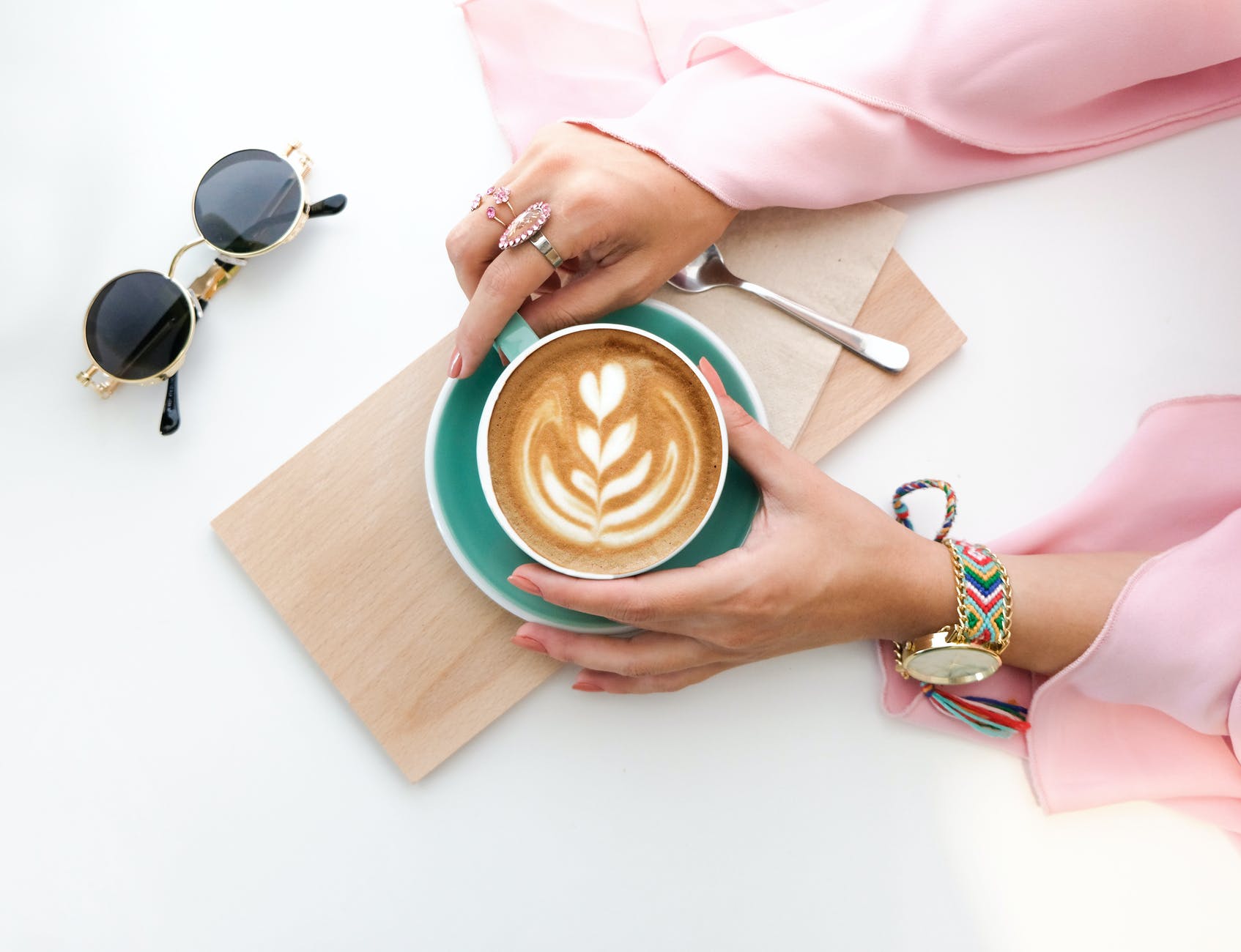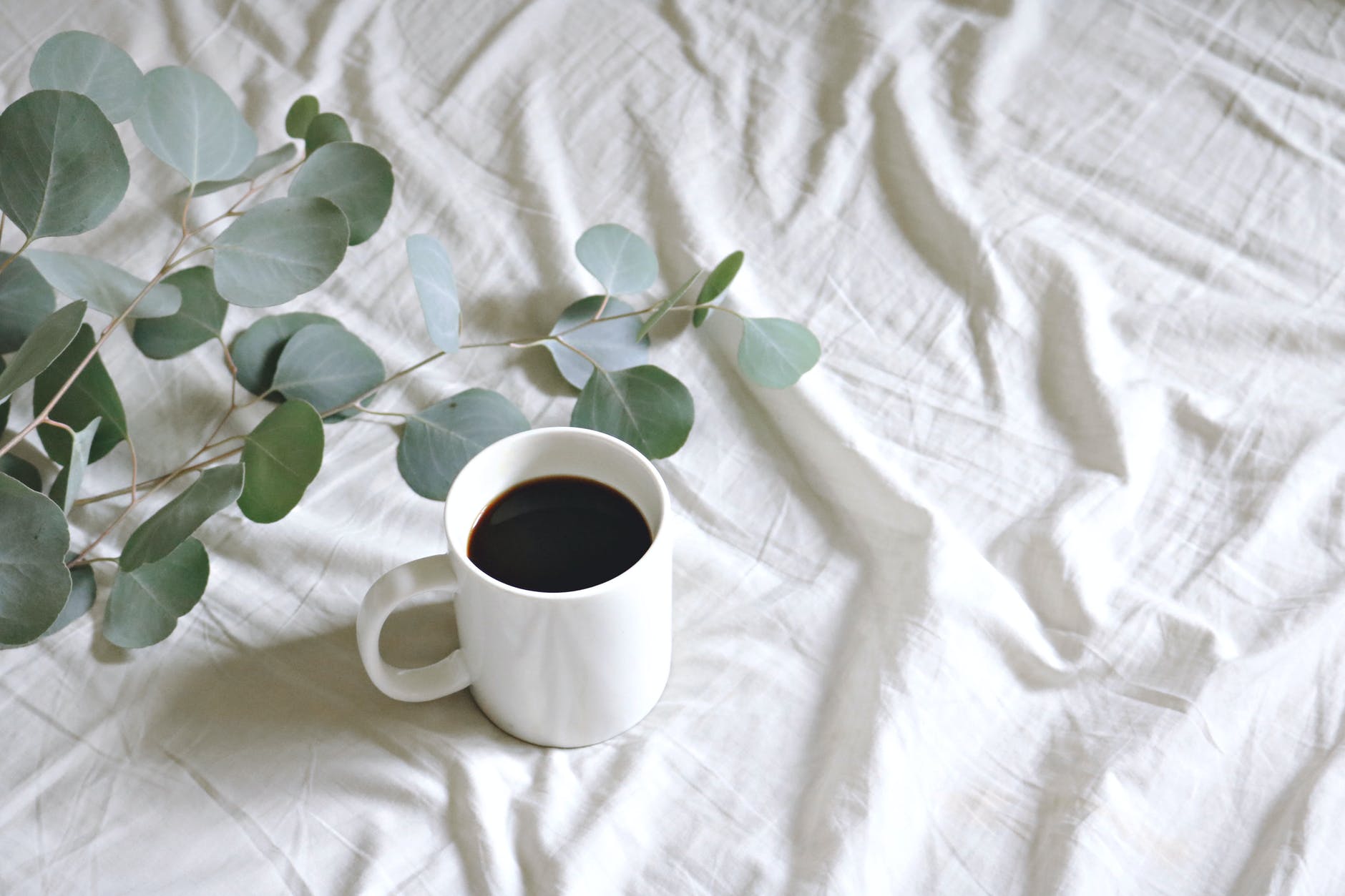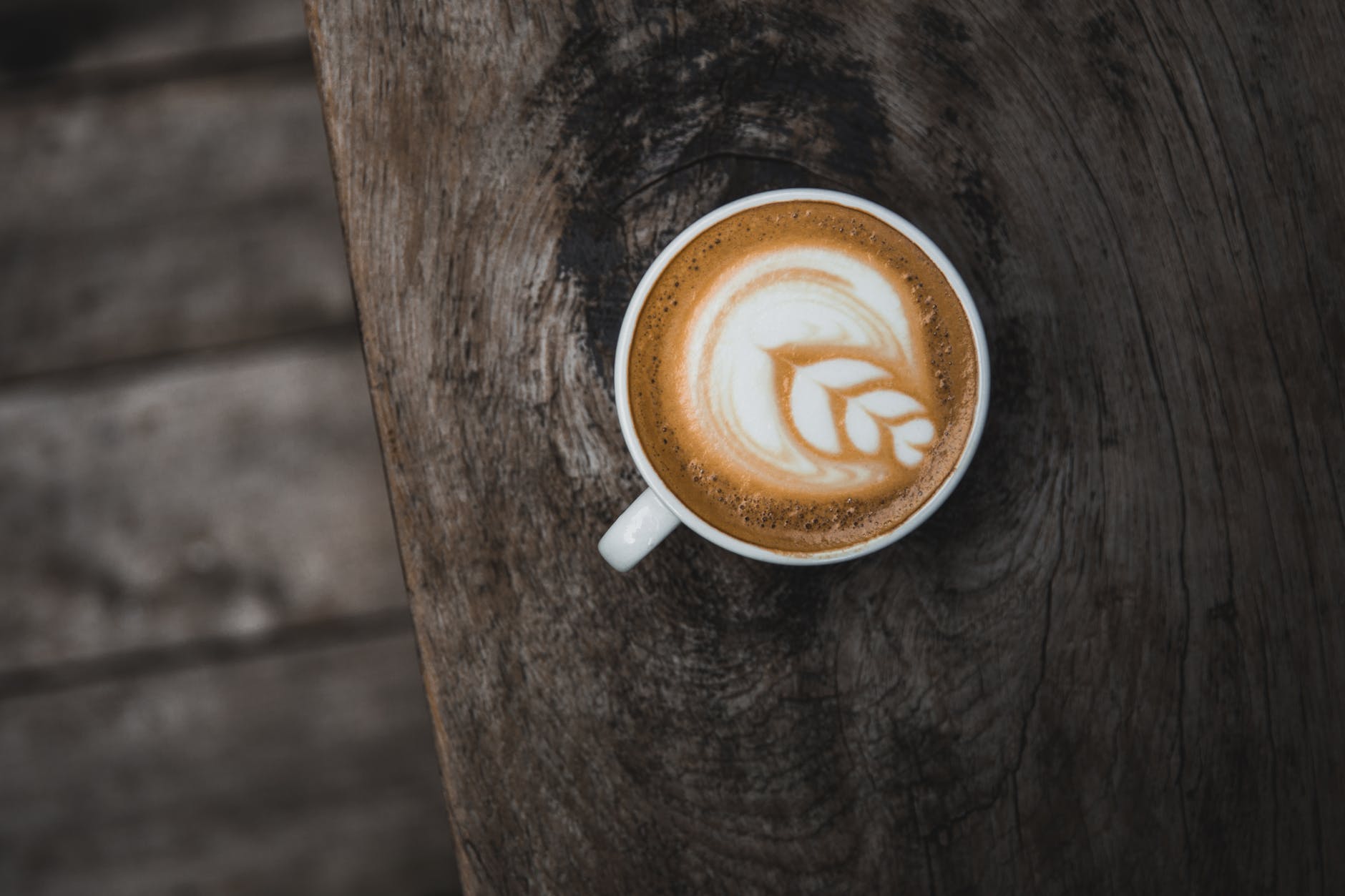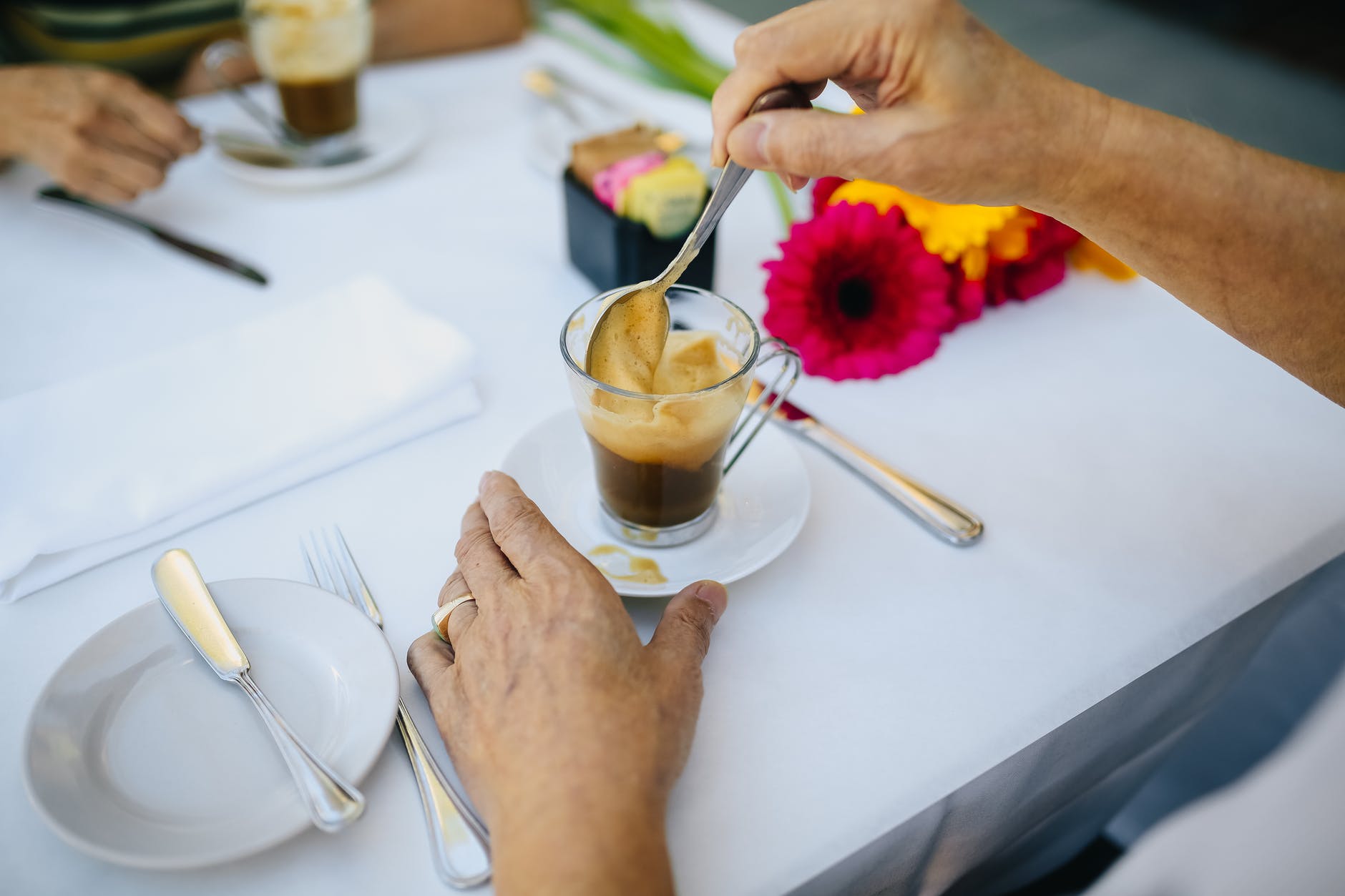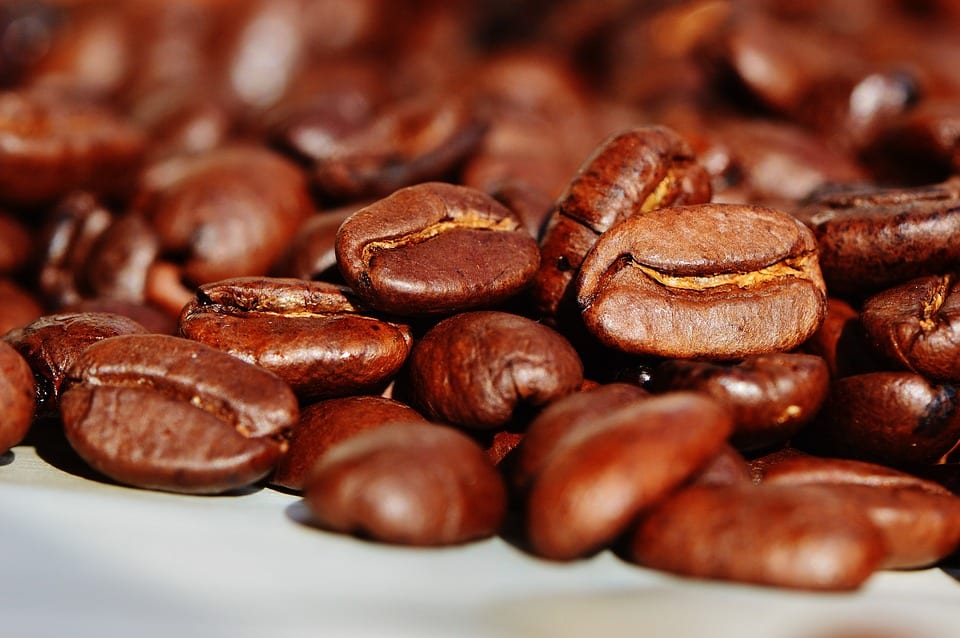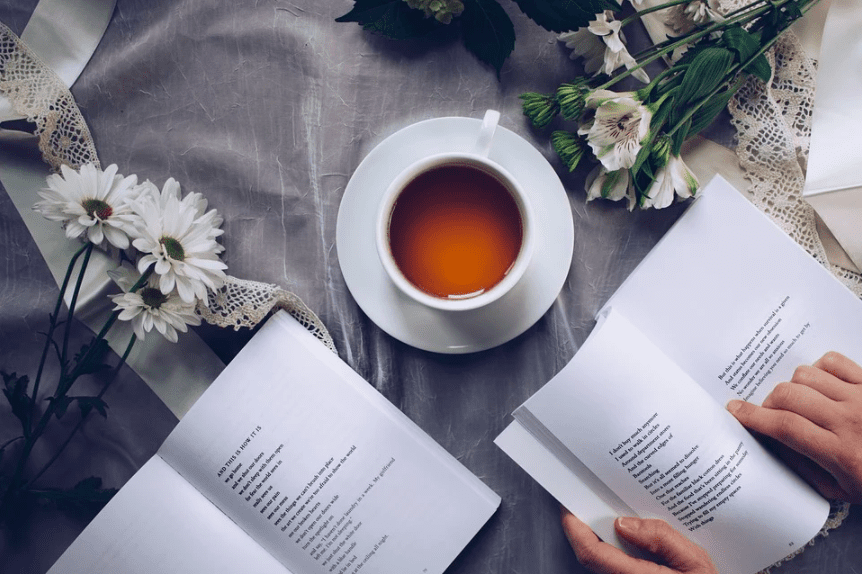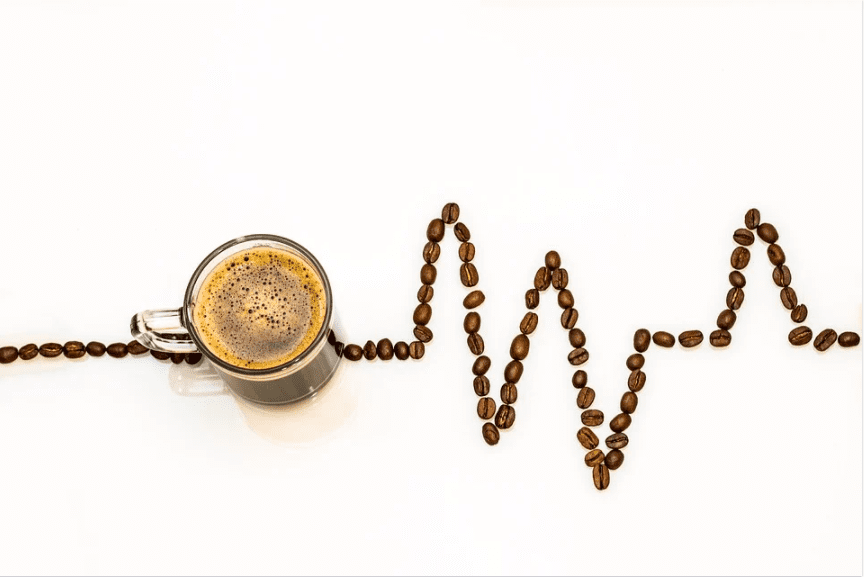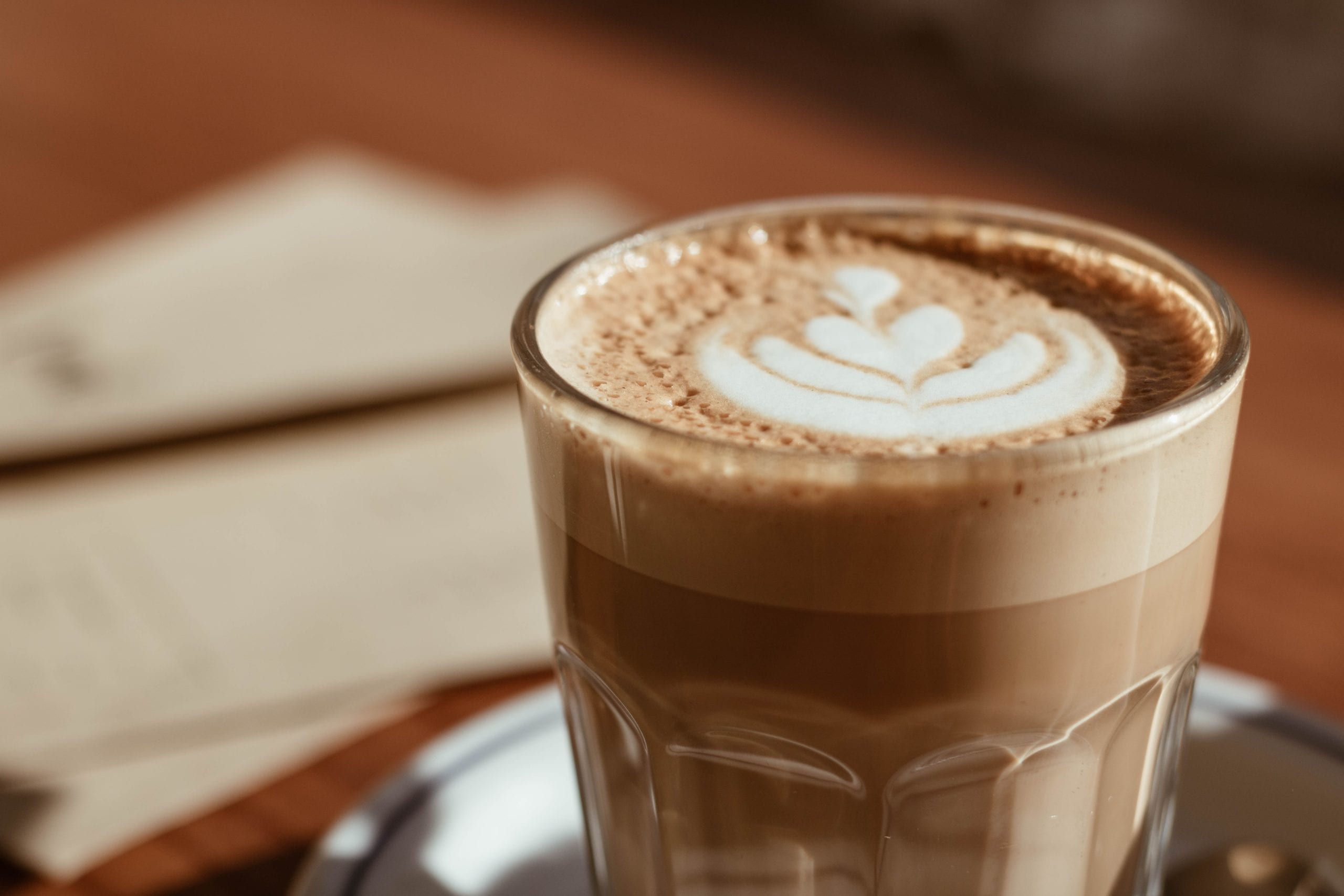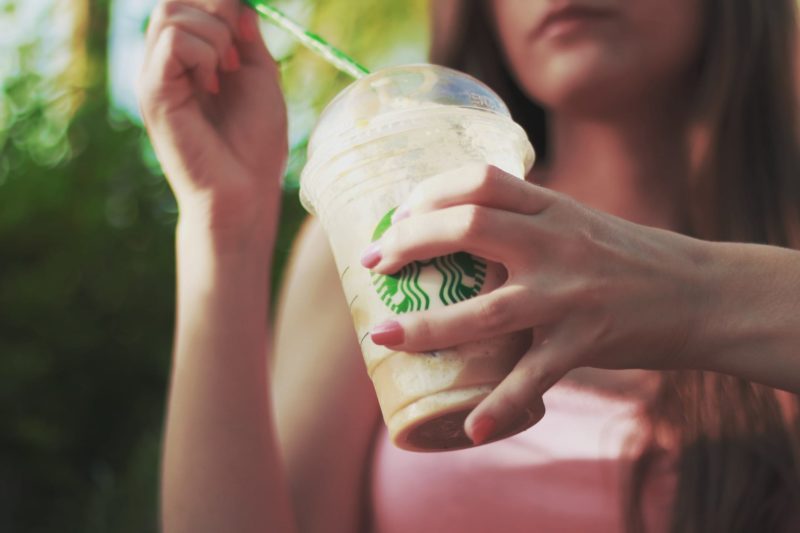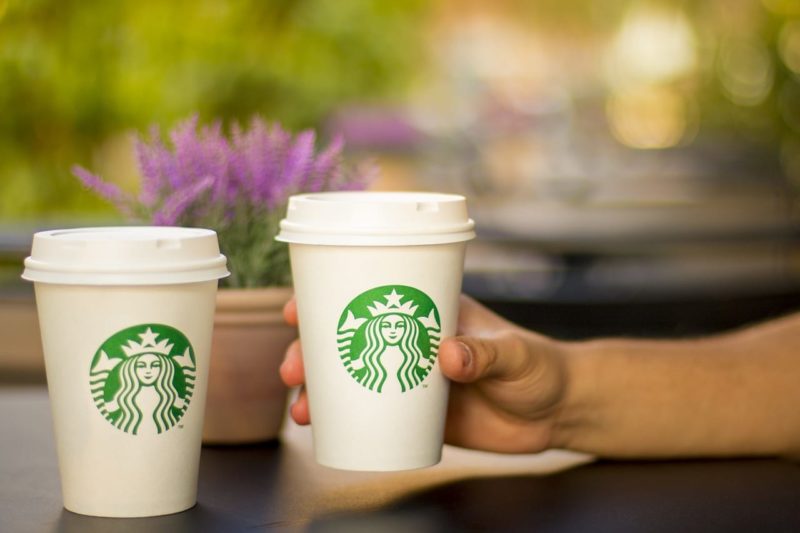1. Papal Praise for the ‘Devil’s Brew’: In the 17th century, Europe was just starting to get a taste for coffee. Yet, the brew wasn’t welcomed by all, with some referring to it as the “bitter invention of Satan.” In a twist of events, Pope Clement VIII found himself interceding in 1615 at the request … Continue reading The Stirring Story of Coffee: 11 Intriguing Facts from Bean to Cup
A Dunkin’ Donuts marketing campaign….
A Dunkin’ Donuts marketing campaign in South Korea released coffee aromas while their commercials played on buses and increased sales by 29%.
In 2020, Colombians shipped 130 grams of cocaine…
In 2020, Colombians shipped 130 grams of cocaine to Italy, inside individually hollowed out coffee beans. They were caught when a customs official noticed the “sender” shared the same name as a mafia boss.
The post In 2020, Colombians shipped 130 grams of cocaine… appeared first on Crazy Facts.
Italy, France, and Brazil are not even…
Italy, France, and Brazil are not even in the top ten highest consumers of coffee. The Nordic countries dominate coffee consumption and are all within the top ten countries worldwide. Further, Finland (the highest consumer in the world) more than doubles the annual consumption of Italy.
The post Italy, France, and Brazil are not even… appeared first on Crazy Facts.
People Used to Chew Coffee, and 6 More Interesting Facts About the Caffeinated Brew
If you’re a person over a certain age, chances are coffee (or some kind of stimulant) is part of your day. We’re all hustling harder, being more involved parents, busy trying to have it all – and honestly, there aren’t enough hours in the day to spend 8 or more of them sleeping.
So, we drink coffee.
But, maybe you haven’t spent much time considering the beverage that gets you through your days!
If not, here are 7 facts that might keep you up a little longer.
7. Finland is the world’s coffee capital.
Image Credit: Pexels
Finland does not produce its own beans, but the country’s citizens consume more coffee per capita than any other country in the world.
6. You originally had to chew it.
Image Credit: Pexels
The first African tribes to consume coffee ground the berries, added in some animal fat, and rolled them into what amounted to energy balls.
Yum?
5. Beethoven was the Karen of his day.
Image Credit: Pexels
He loved his coffee just so, and insisted every cup contain exactly 60 beans.
I wonder how he could tell (and who was brave enough to test him)?
4. Instant coffee has been around for 250 years.
Image Credit: Pexels
We see its first appearance in 1771 England, but it wasn’t mass produced until 139 years later, in 1910 (and in the States).
3. It has fueled Olympic dreams – literally.
Image Credit: Pixabay
The Brazilian Olympic team had no money to get to Los Angeles in 1932, so they sold coffee along the way to fund the trip.
2. The average American spends over $1,100 a year on coffee.
Image Credit: Pixabay
That’s a lot of green – I have to admit I do my part, though.
1. Some people would like to ban it.
Image Credit: Pixabay
Governments were trying to ban coffee as recently as the 18th century, with reasons like its tendency to stimulate “radical thinking.” In 1746, Sweden banned coffee and cups and saucers.
How did people drink their tea??
Interesting, right?
What’s your favorite fact about coffee? Tell us in the comments!
The post People Used to Chew Coffee, and 6 More Interesting Facts About the Caffeinated Brew appeared first on UberFacts.
Check out These Photos of “Accidental Coffee Art”
Have you ever looked into your coffee cup (or somewhere that you might have spilled coffee) and said, “Hey! That looks just like Elvis!”
Or maybe something similar to that? I know I have!
It’s kind of looking up into the clouds and seeing all kinds of shapes, patterns, faces, etc.
These folks all shared photos of the cool and interesting things that they happened to see in their “accidental coffee art.”
Let’s take a look!
1. Like an atomic bomb.
That’s pretty cool!
My coffee art today is a cat letting off an atomic bomb pic.twitter.com/uCNJ8plZ5E
— Marty
(@smartyy) October 19, 2020
2. That’s a good one!
Here, froggy…
Here’s a coffee frog!
(pic from the internet somewhere) pic.twitter.com/KCGyEcZH66—
LAURA
was born under a dancing star! (@Now_Being_Laura) October 19, 2020
3. That is the definition of accidental art.
Just take it all in…
4. I’m shocked!
But I’m still gonna drink it.
My hot chocolate is shocked… pic.twitter.com/qWcdwdcf56
— Ren Zelen (@RenZelen) October 19, 2020
5. Wow! Amazing!
Can’t believe this was an accident.
Accidentally created a porcupine by pouring instant coffee over an Americano. from mildlyinteresting
6. There goes the flying unicorn.
Up, up, and away!
My morning coffee had a flying unicorn in it. from mildlyinteresting
7. Stay out of the water.
Beware of shark attacks.
8. Have a nice day.
Well, that’s a good sign.
9. That is nuts.
Pretty accurate, I think.
This coffee stain on my cup vaguely resembles a world map. from mildlyinteresting
10. Chomp, chomp, chomp.
There he goes!
Coffee stain on my floor look like pac-man eating a pellet from mildlyinteresting
11. This could be an omen.
What do you think?
My coffee left a stain that looks like a skull from mildlyinteresting
12. Hope you had a good Halloween!
Stay safe out there!
still my best work pic.twitter.com/MXwQx7fm6R
— johnny thai (@toastythai) October 19, 2020
Okay, now it’s your turn!
Have you ever accidentally captured any art in your food or drink?
If so, please share some pics with us in the comments. We’d love to hear from you!
The post Check out These Photos of “Accidental Coffee Art” appeared first on UberFacts.
Here’s a Handy Guide to the Many Different Ways You Can Enjoy Coffee
Coffee is a bit of a lifesaver for many. Can you imagine waking up and not having your usual cup (or two) of the most delicious, magical drink on Earth?
But if you’ve ever found yourself confused when visiting a coffee shop and being faced with a menu that contains a litany of choices, this is the post for you.
Types of Coffee Beans
All coffee is not created equal! Even the different beans matter.
Arabica: These beans are the most popular, and if you drink your coffee black, they usually offer a sweeter taste. Roughly 60% of the coffee beans in the world are arabica, and have caffeine content of 0.8–1.4% caffeine.
Robusta: These beans are less expensive and make up roughly 40% of the coffee in the world. Coffee brewed from robusta beans tends to be stronger, and are made of 1.7–4% caffeine.
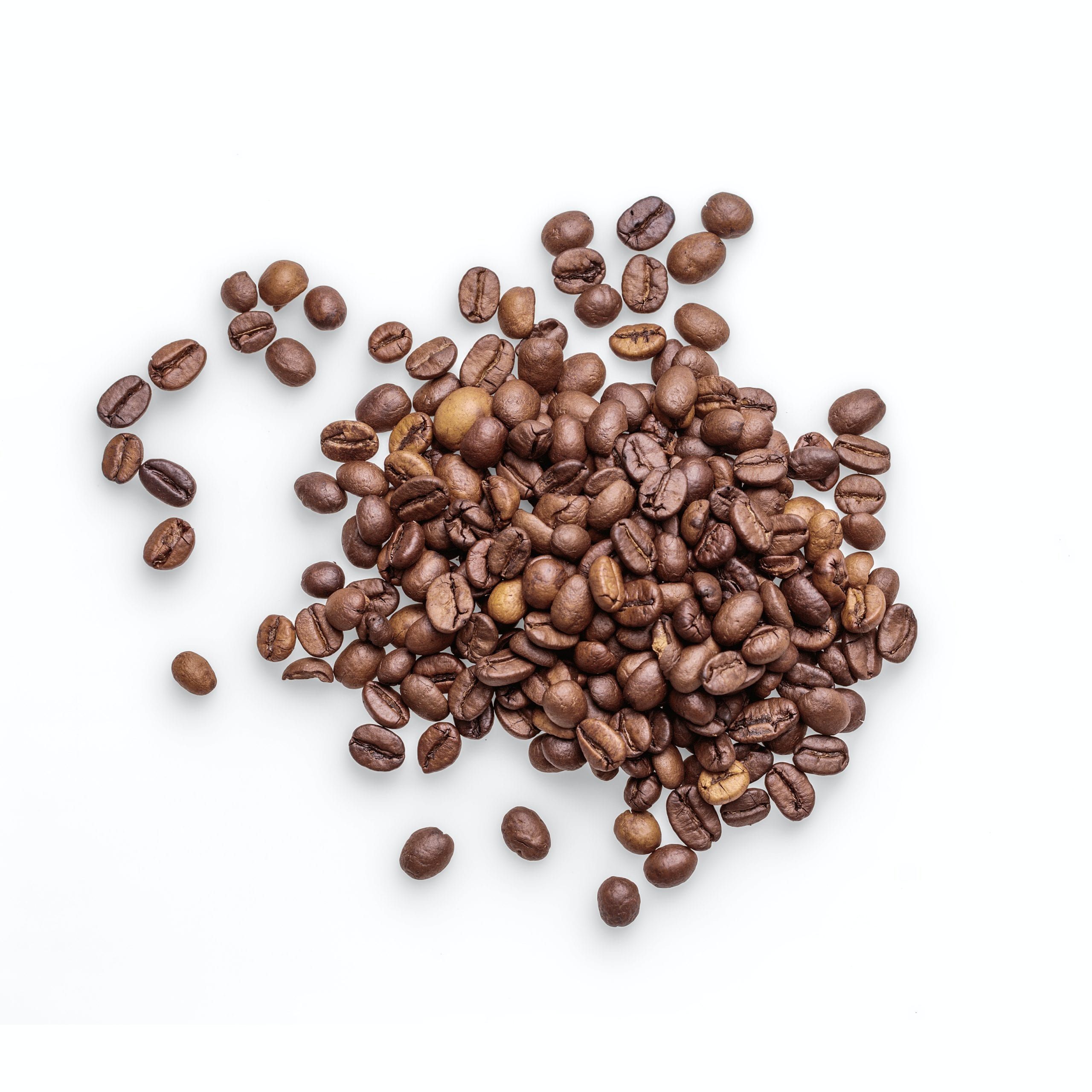
Photo by Mockup Graphics on Unsplash
Types of Coffee Drinks
Anyone who has visited a coffee shop will probably recognize a lot of these options. As you can see, there are tons of coffee drinks out there!
Each is designed to get you energized and moving on with your day.
Black coffee: ground coffee beans + hot water = delicious
Latte: A shot of espresso and steamed milk with a tiny bit of foam on top
Cappuccino: Like a latte, but with more foam than milk and typically topped with cinnamon or chocolate powder
Americano: Black coffee with a shot of espresso added
Doppio: A double shot of espresso. Get ready for that energy!
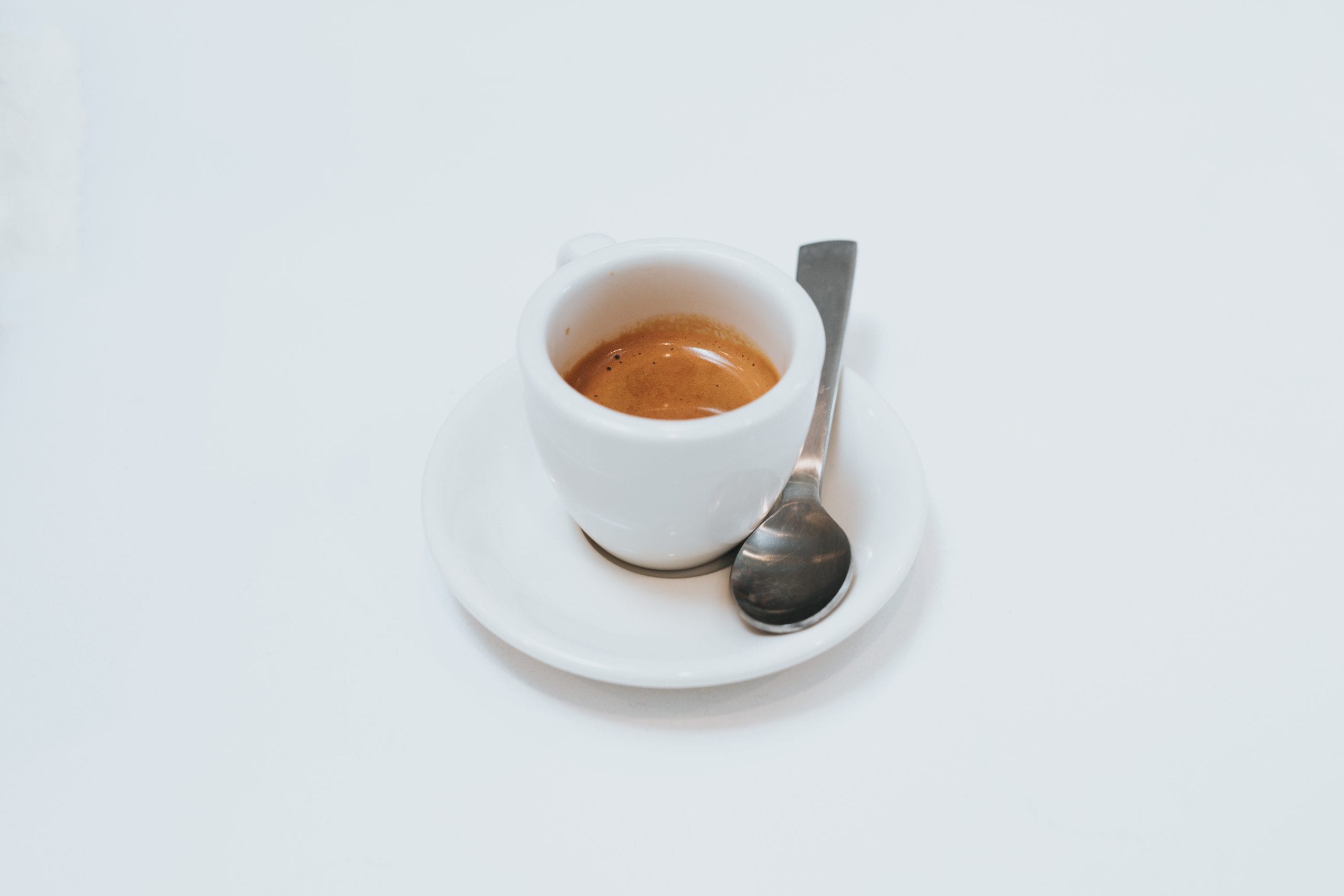
Photo by Nathan Dumlao on Unsplash
Red Eye: A full cup of hot coffee with espresso added.
Galão: A Portuguese drink that is similar to a latte and cappuccino, but with twice as much foamed milk added in.
Macchiato: An espresso-based drink that has a little foam on top. It’s somewhere between a cappuccino and a doppio.
Affogato: A shot of espresso with ice cream added! Hello, summer treat.
Café au Lait: Coffee with a little warm milk added in.
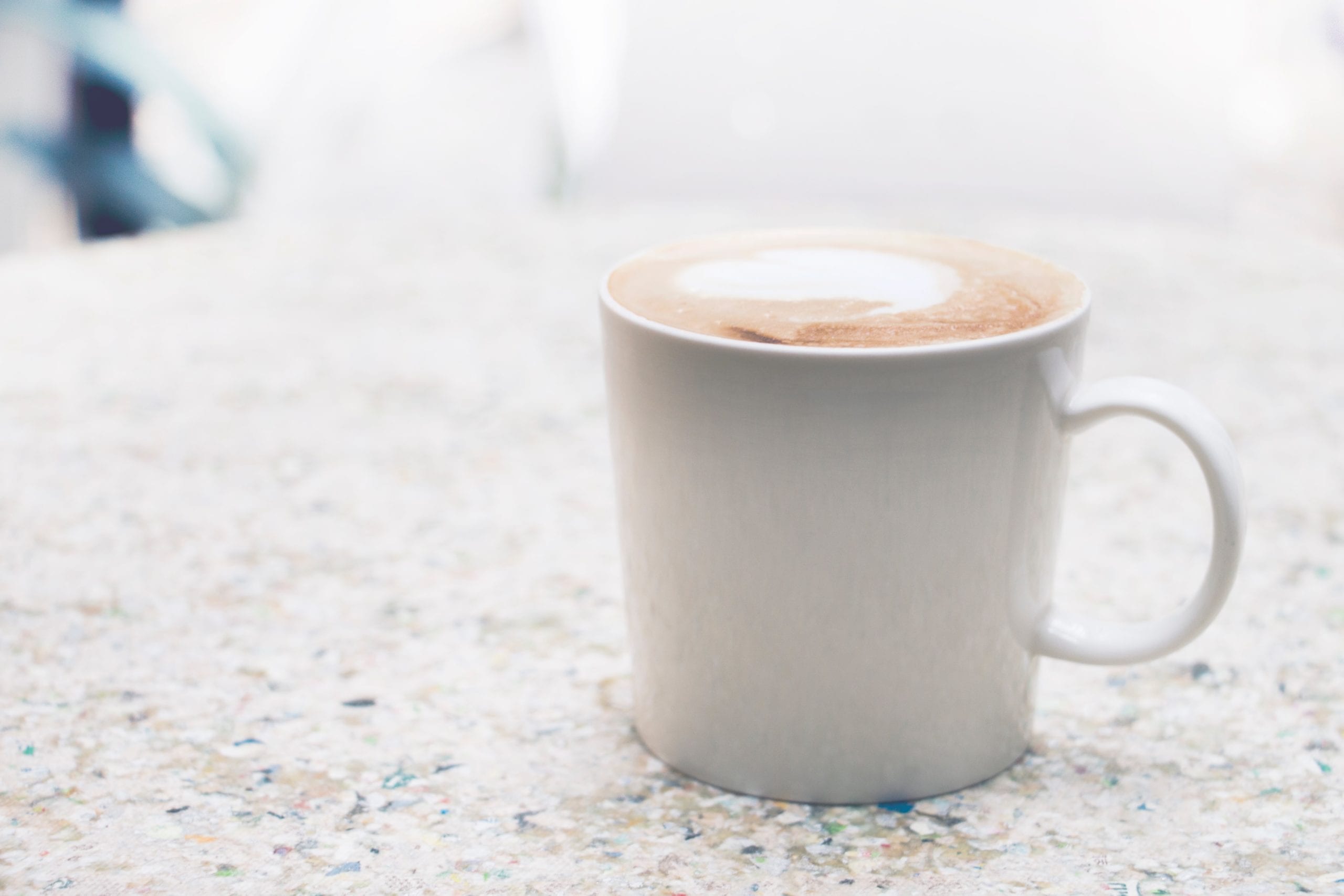
Photo by TOMOKO UJI on Unsplash
Types of Iced Coffee
Iced coffee is perfect for a hot day, or honestly, even on a cold day. Frappuccinos are enduringly popular all year!
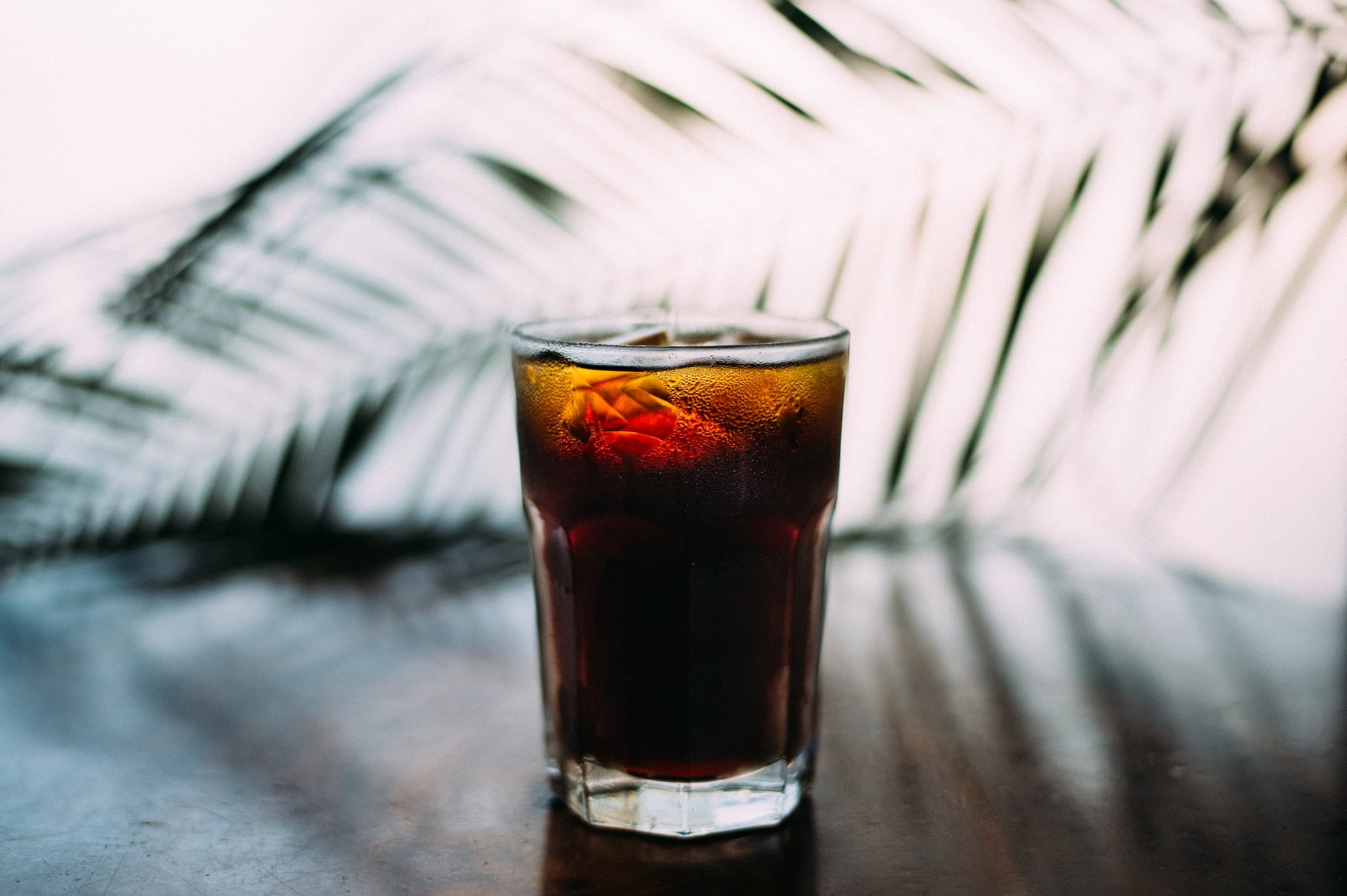
Photo by Blake Wisz on Unsplash
Iced coffee: Exactly what it sounds like! Coffee served over ice, sometimes with a little milk added.
Cold brew: Coffee beans are steeped 6-36 hours, and sometimes cold milk is added afterward. It’s delicious.
Frappuccino: This drink is actually trademarked by Starbucks, and consists of a coffee or crème base, ice, flavored syrups and other, various ingredients for texture and taste. It’s then blended together and topped by whipped cream.
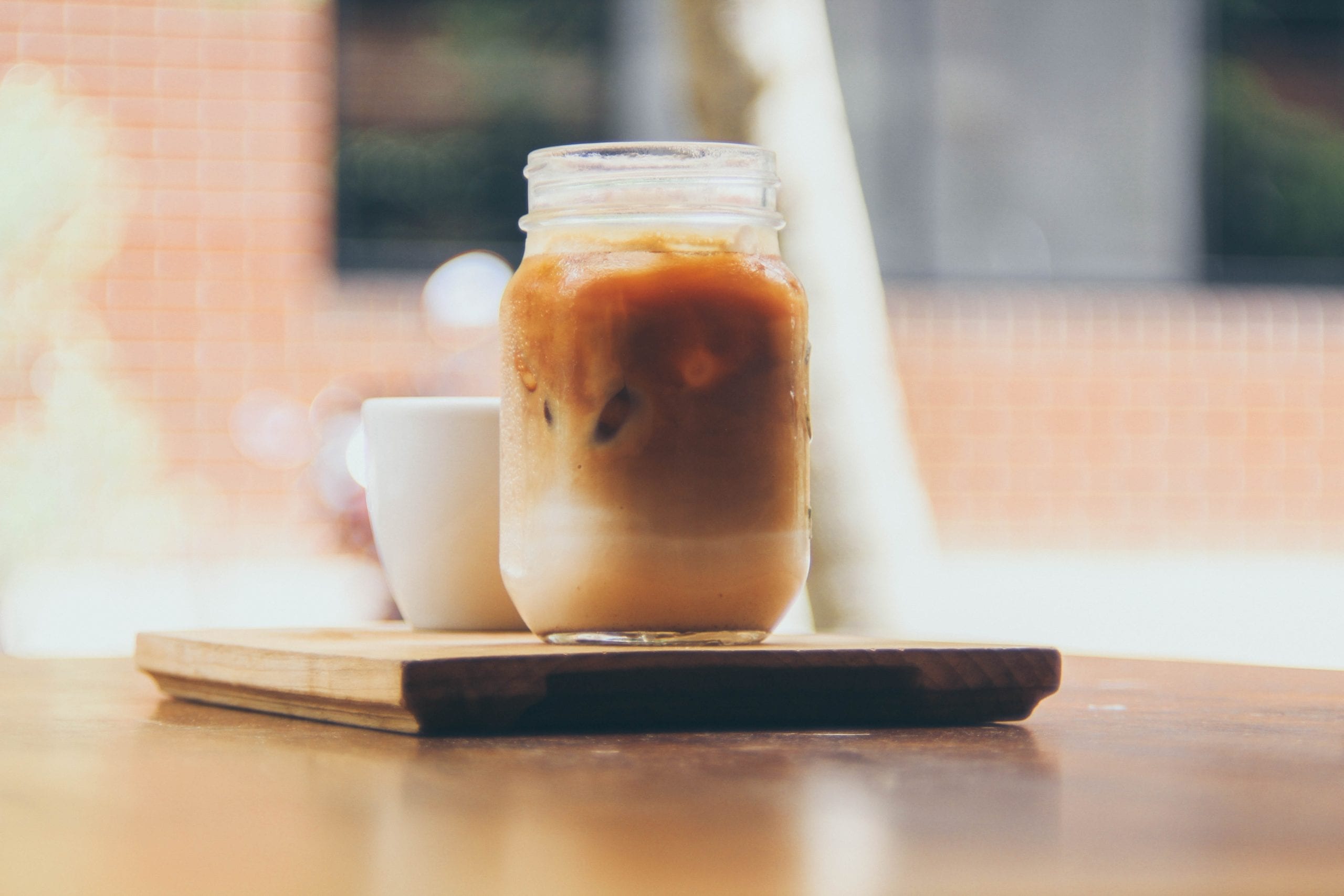
Photo by Luis Reyes on Unsplash
Types of coffee makers
If you thought that all coffee is made in the same way, think again!
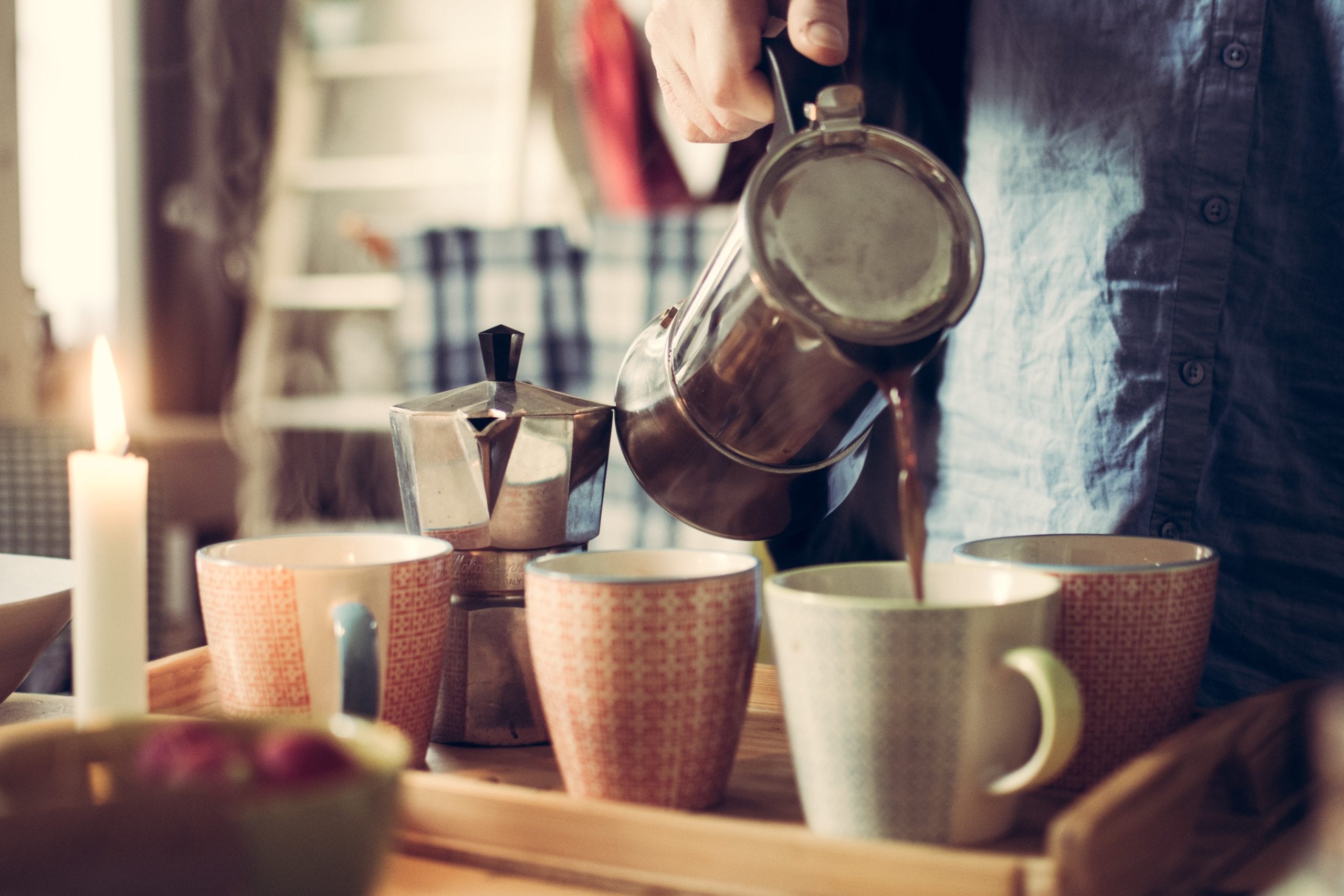
Photo by Philipp Cordts on Unsplash
French press: A manual coffee maker that is quite straightforward. Add ground beans, then boiling water, let the coffee steep, and push the plunger. You’re done!
Percolator: These are super retro coffee makers that “continuously push boiling hot water bubbles up into the ‘coffee chamber’ to steep the coffee grains.”
Pour over: One pours hot water (slowly) over ground beans that sit in a filter, placed on top of a cup. Your standard coffee makers are basically pour overs on a larg
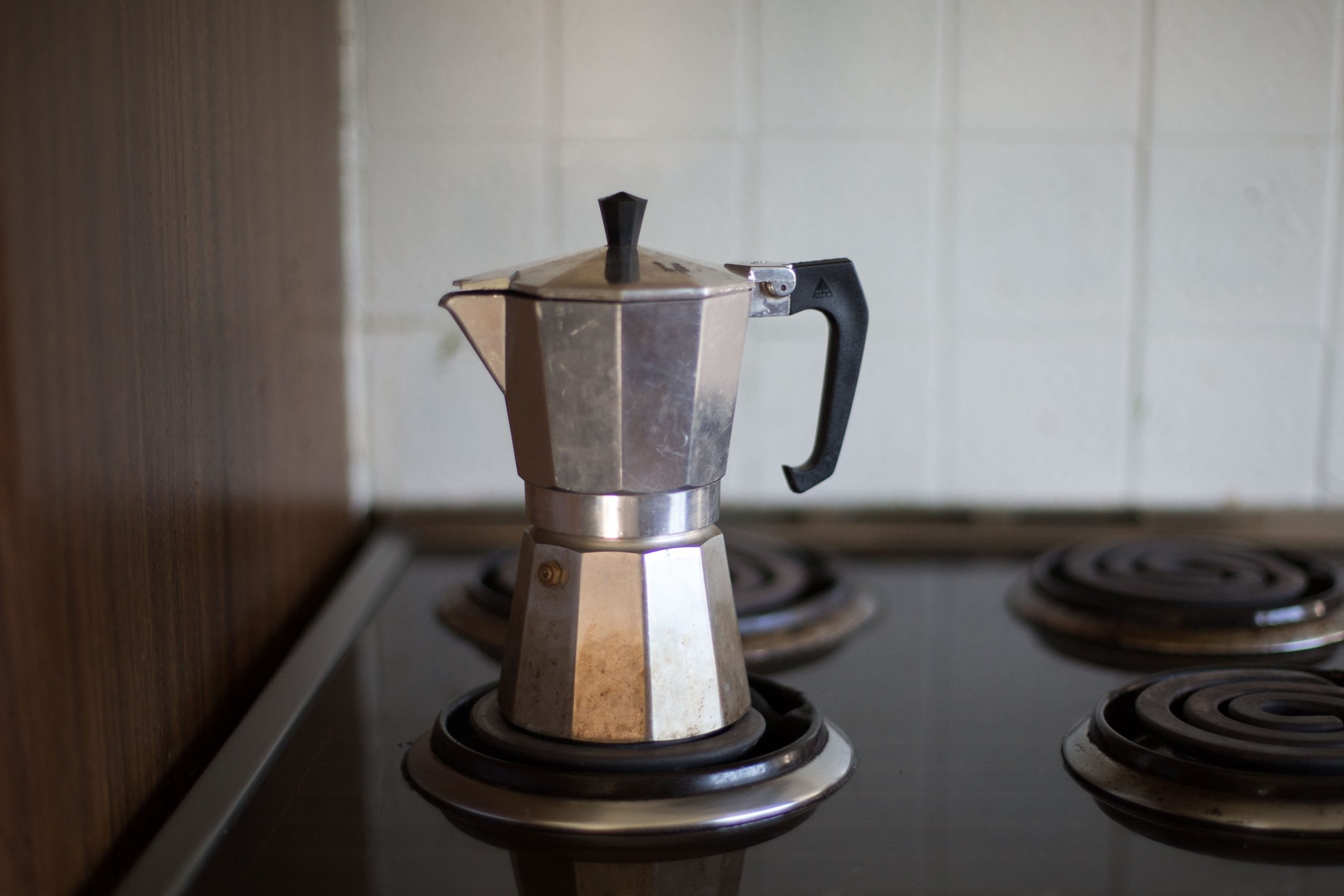
Photo by Lauren Kay on Unsplash
There you have it! Hopefully, you’ve learned something new about coffee.
Don’t forget to share this one with your friends, and let us know what your favorite coffee drink is in the comments!
The post Here’s a Handy Guide to the Many Different Ways You Can Enjoy Coffee appeared first on UberFacts.
This is How Starbucks Changed the Coffee Industry by Turning ‘Small’ Into ‘Tall’
Do you remember the first time you ever glanced at a Starbucks menu? Immediately, you probably wished you learned Italian in high school. After all, what exactly is a venti or a grande?
Even after years of drinking their delicious coffee, it can still be confusing to figure out what order those unique sizes come in. Wouldn’t small, medium, or large suffice?
So what’s the secret behind Starbucks’ unique cup-size names?
Photo Credit: Pixabay
To better understand the origin of the company’s coffee offerings, you have to dial the clock back to 1986. That year, Howard Schultz opened Il Giornale. Of course, he would later launch Starbucks.
However, Il Giornale offered just three sizes: short, tall, and grande.
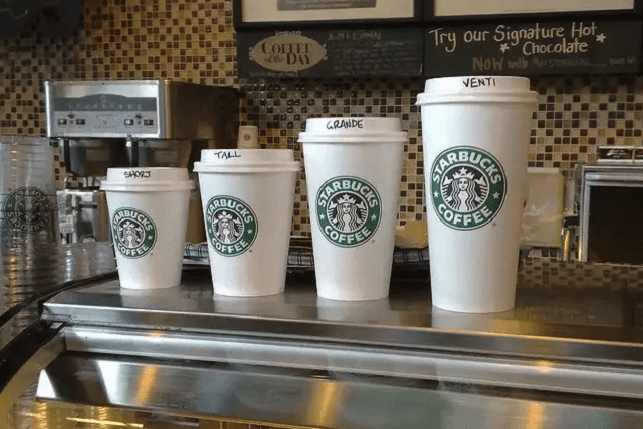
Photo Credit: The Awkword Wiki
Shultz took a trip to Italy three years prior, which provided the inspiration for the distinctive names for each cup size.
He used cups in a variety of sizes and even carried over the Italian inspiration to other items on his menu, including doppio, macchiato, and misto.
Photo Credit: Pixabay
Of course, the biggest impact on the coffee game came with replacing “small” with “tall.”
According to Starbucks blogger Melody Overton, the secret is actually stunningly simple. It all came down to space on the menu board. And everything changed once venti came into play.
Overton says.
“When venti was added, short dropped off the menu boards.
Starbucks decided that there wasn’t room for four sizes.
So short got the boot and tall became the new short, or small.”
Years later, “short” has made a reappearance…sort of. You can order hot drinks in the eight-ounce size.
In addition, Starbucks offers a fifth size for cold drinks. The “trenta” checks in at 31 ounces and will surely leave you satisfied.
Photo Credit: Pixabay
What’s your favorite Starbucks drink? Do you have a go-to size? How much is too much coffee?
Tell us your thoughts in the comments below!
The post This is How Starbucks Changed the Coffee Industry by Turning ‘Small’ Into ‘Tall’ appeared first on UberFacts.
This is How Starbucks Changed the Coffee Industry by Turning ‘Small’ Into ‘Tall’
Do you remember the first time you ever glanced at a Starbucks menu? Immediately, you probably wished you learned Italian in high school. After all, what exactly is a venti or a grande?
Even after years of drinking their delicious coffee, it can still be confusing to figure out what order those unique sizes come in. Wouldn’t small, medium, or large suffice?
So what’s the secret behind Starbucks’ unique cup-size names?
Photo Credit: Pixabay
To better understand the origin of the company’s coffee offerings, you have to dial the clock back to 1986. That year, Howard Schultz opened Il Giornale. Of course, he would later launch Starbucks.
However, Il Giornale offered just three sizes: short, tall, and grande.

Photo Credit: The Awkword Wiki
Shultz took a trip to Italy three years prior, which provided the inspiration for the distinctive names for each cup size.
He used cups in a variety of sizes and even carried over the Italian inspiration to other items on his menu, including doppio, macchiato, and misto.
Photo Credit: Pixabay
Of course, the biggest impact on the coffee game came with replacing “small” with “tall.”
According to Starbucks blogger Melody Overton, the secret is actually stunningly simple. It all came down to space on the menu board. And everything changed once venti came into play.
Overton says.
“When venti was added, short dropped off the menu boards.
Starbucks decided that there wasn’t room for four sizes.
So short got the boot and tall became the new short, or small.”
Years later, “short” has made a reappearance…sort of. You can order hot drinks in the eight-ounce size.
In addition, Starbucks offers a fifth size for cold drinks. The “trenta” checks in at 31 ounces and will surely leave you satisfied.
Photo Credit: Pixabay
What’s your favorite Starbucks drink? Do you have a go-to size? How much is too much coffee?
Tell us your thoughts in the comments below!
The post This is How Starbucks Changed the Coffee Industry by Turning ‘Small’ Into ‘Tall’ appeared first on UberFacts.
17 Uses for Coffee Filters That Have Nothing to Do With Coffee
We all love coffee, right? Or at least a lot of us do.
If you’re a coffee drinker, then you’re probably also familiar with coffee filters. You know, the brown (or white) paper you that you use with your coffee maker.
It turns out that filters are quite versatile. In fact, you can do much more with coffee filters than you might think!
Here are 17 uses for coffee filters that have nothing to do with coffee are definitely creative.
1. Dryer sheets
That’s right: you can totally use coffee filters in place of dryer sheets. All you have to do is add a few drops of essential oil!
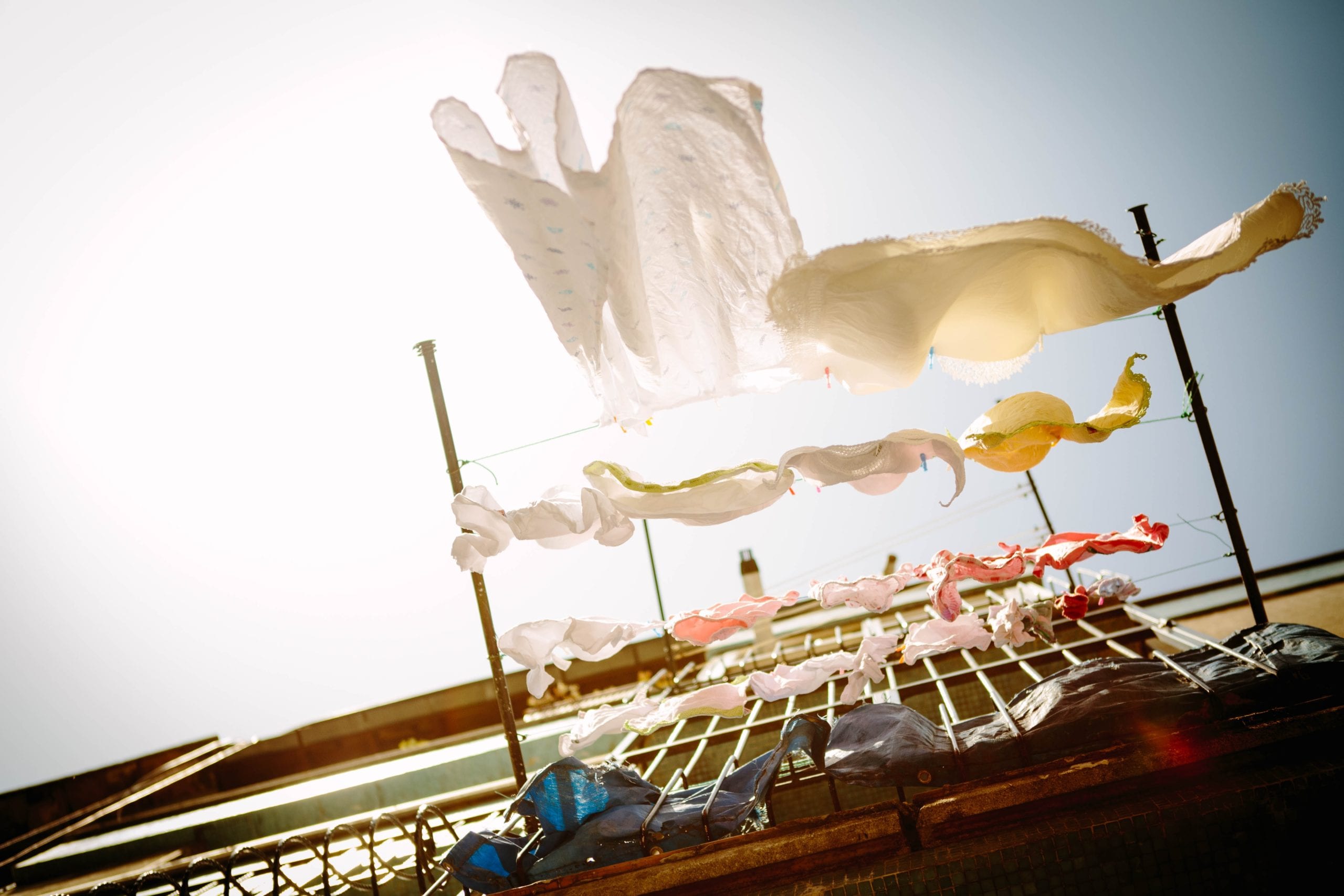
Photo by Jason Briscoe on Unsplash
2. Cleaning stainless steel
Coffee filters won’t leave lint behind, so they’re pretty ideal for cleaning any stainless steel you might have.
3. Cleaning electronics
In that same vein, coffee filters are a great option for cleaning electronics, especially if you’re out of microfiber cloth.
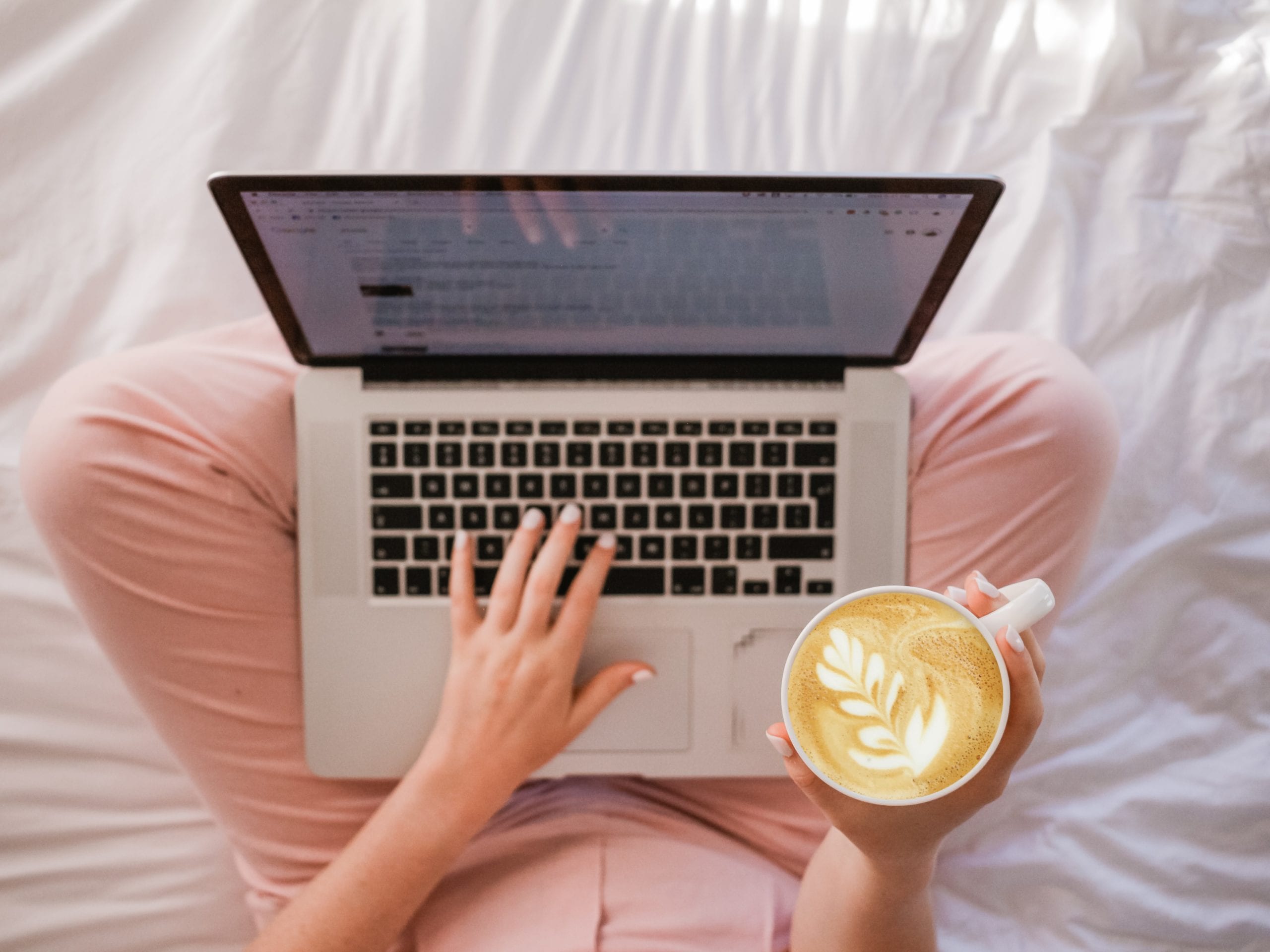
Photo by Sincerely Media on Unsplash
4. Covering your food
If you’re microwaving a dish that has the potential to explode, you can use your coffee filters to cover the food and keep it contained.
5. Filtering cork crumbs
We don’t all open our wine perfectly, and that’s okay. If you’ve got bits of cork floating around in the bottle, just toss a coffee filter on top of it as you pour your drink into your glass.
6. Potting plants
A coffee filter is a great solution if you’re hoping to keep the soil in your potted plants from leaking out of the bottom of the pot!
7. Funneling liquid
In a pinch, a coffee filter can totally act as a makeshift funnel for brewing drinks, filling hummingbird feeders, and more.
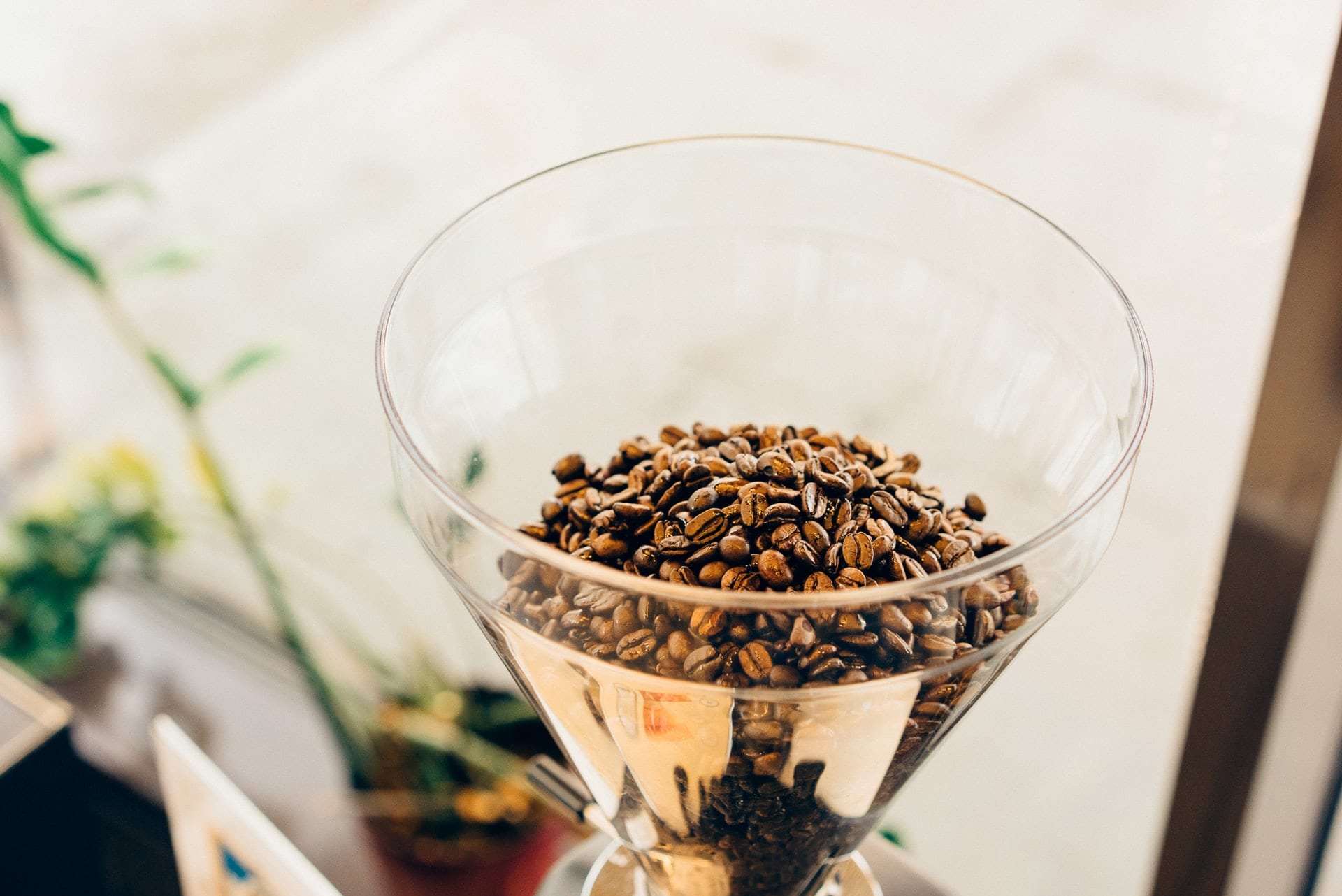
Photo by Shengjun Shi on Unsplash
8. Spreading butter while cooking
If you don’t have a brush on hand, you can use a coffee filter to spread butter or oil in a pan while you cook.
9. Holding small parts
Anyone who has ever put together a Lego set knows that once opened, those pieces go everywhere! You can keep your pieces divided up inside coffee filters as you build.
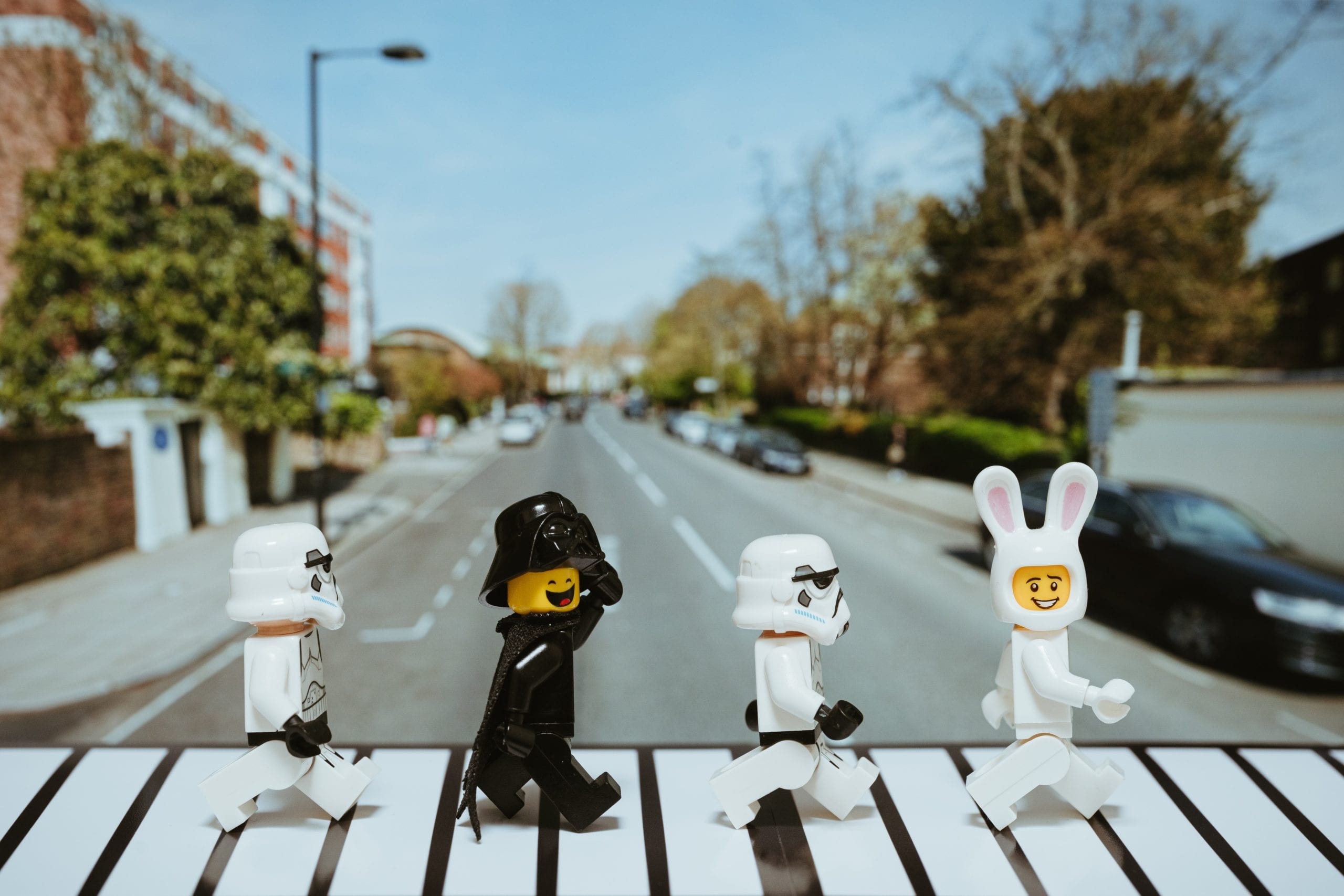
Photo by Daniel Cheung on Unsplash
10. Protecting plates
If you have extra-special dishes that you definitely don’t want to be damaged, you can keep them stacked with a coffee filter between each one.
11. Lining tins and containers
People who like to bake know that sometimes the most delicious treats leave a little residue behind. Storing your snacks in coffee filters inside tins and containers will help!
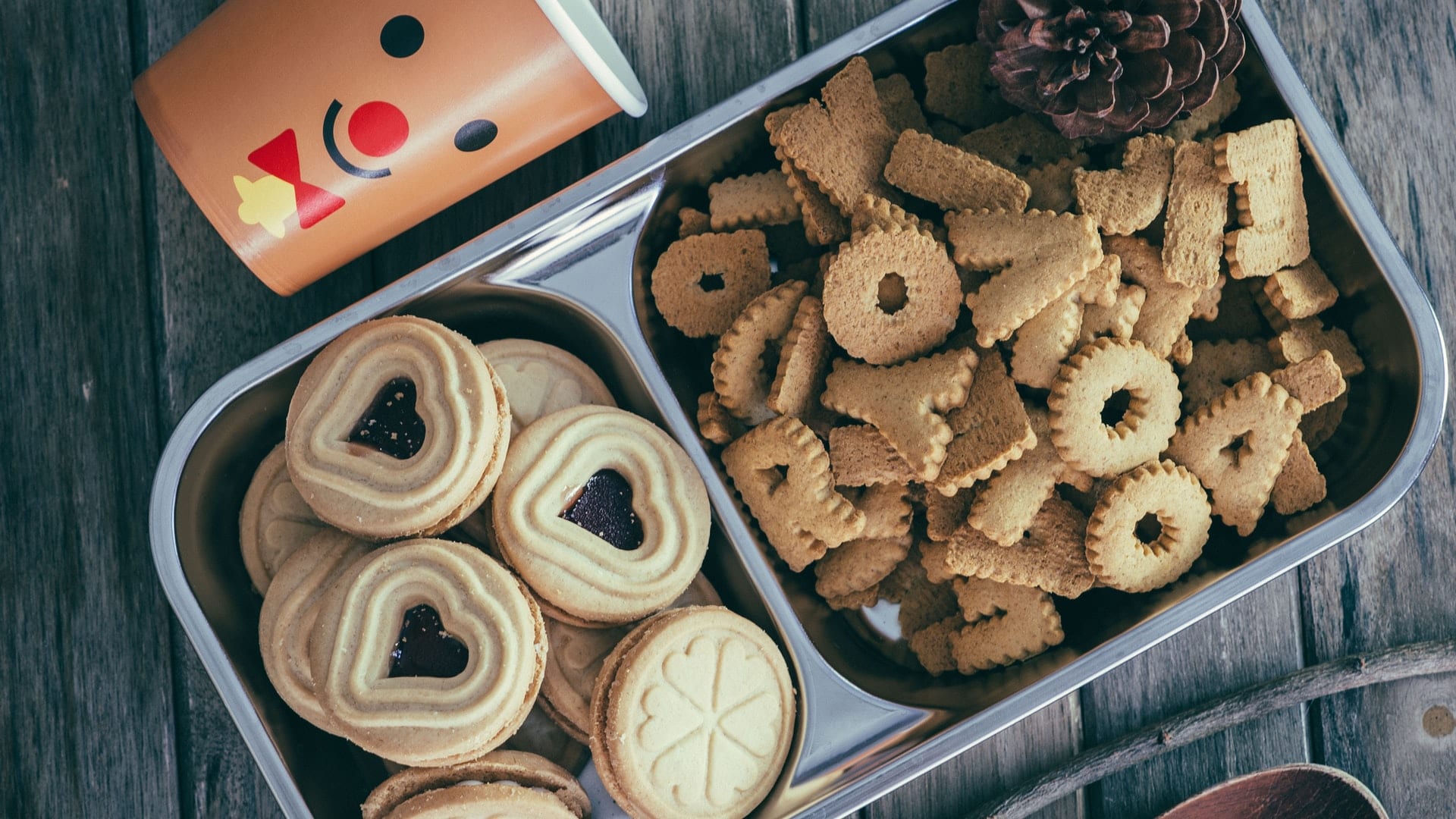
Photo by Tanaphong Toochinda on Unsplash
12. Steeping tea
If you want to use your own herbs for tea, you can simply load them into a coffee filter, tie the filter with a string, and voila: you have your very own tea bag.
13. Snacking
If you don’t want to have dishes to clean up after snacking, pop your snacks into a coffee filter! They’re portable and you can recycle them when you’re finished.
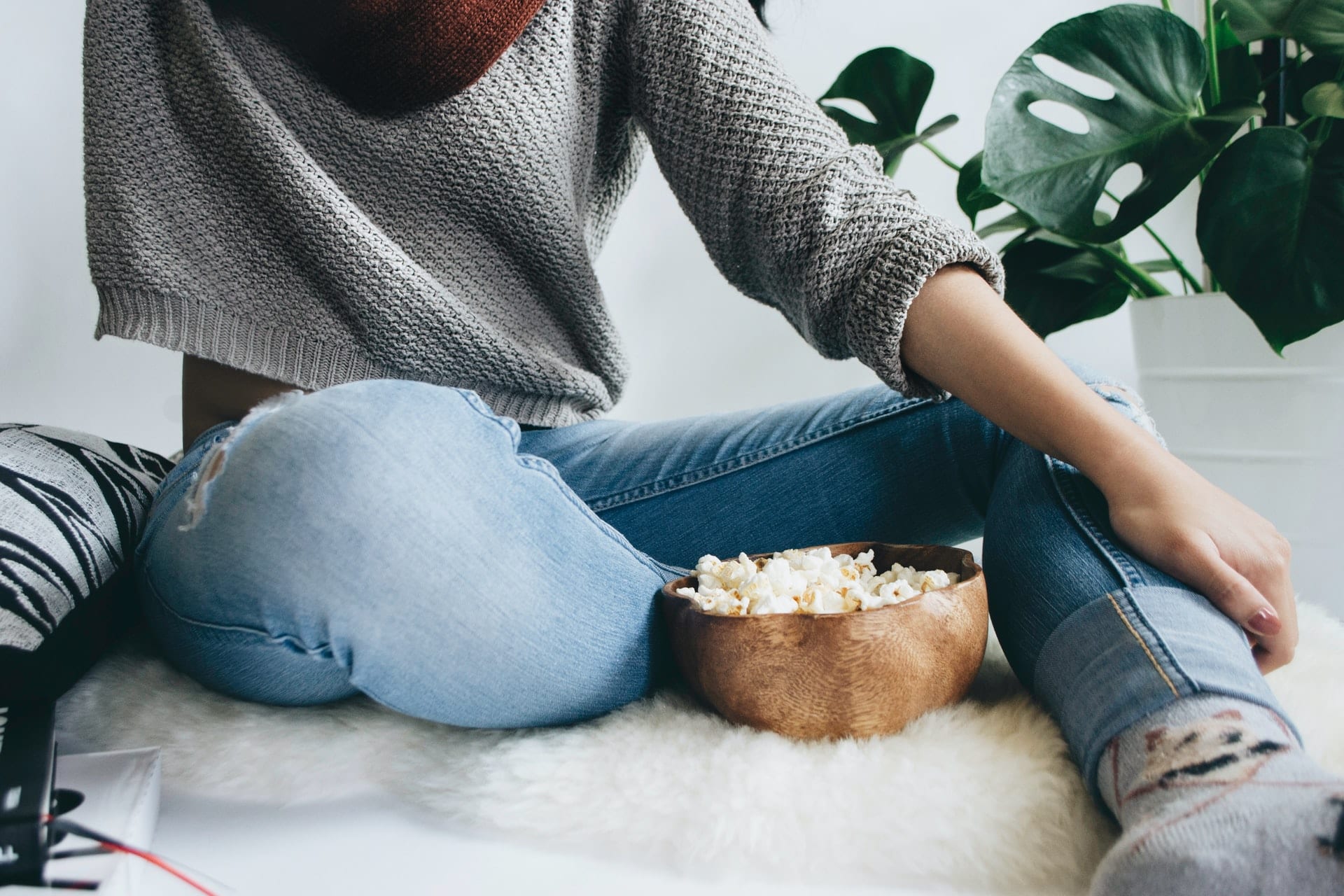
Photo by Mc Jefferson Agloro on Unsplash
14. Lighting photos
A coffee filter can be great for softening the flash on your DSLR.
15. Cleaning up your nails
You can also use coffee filters to clean up your nails after polishing them. They absorb nail polish remover well and won’t make a mess!
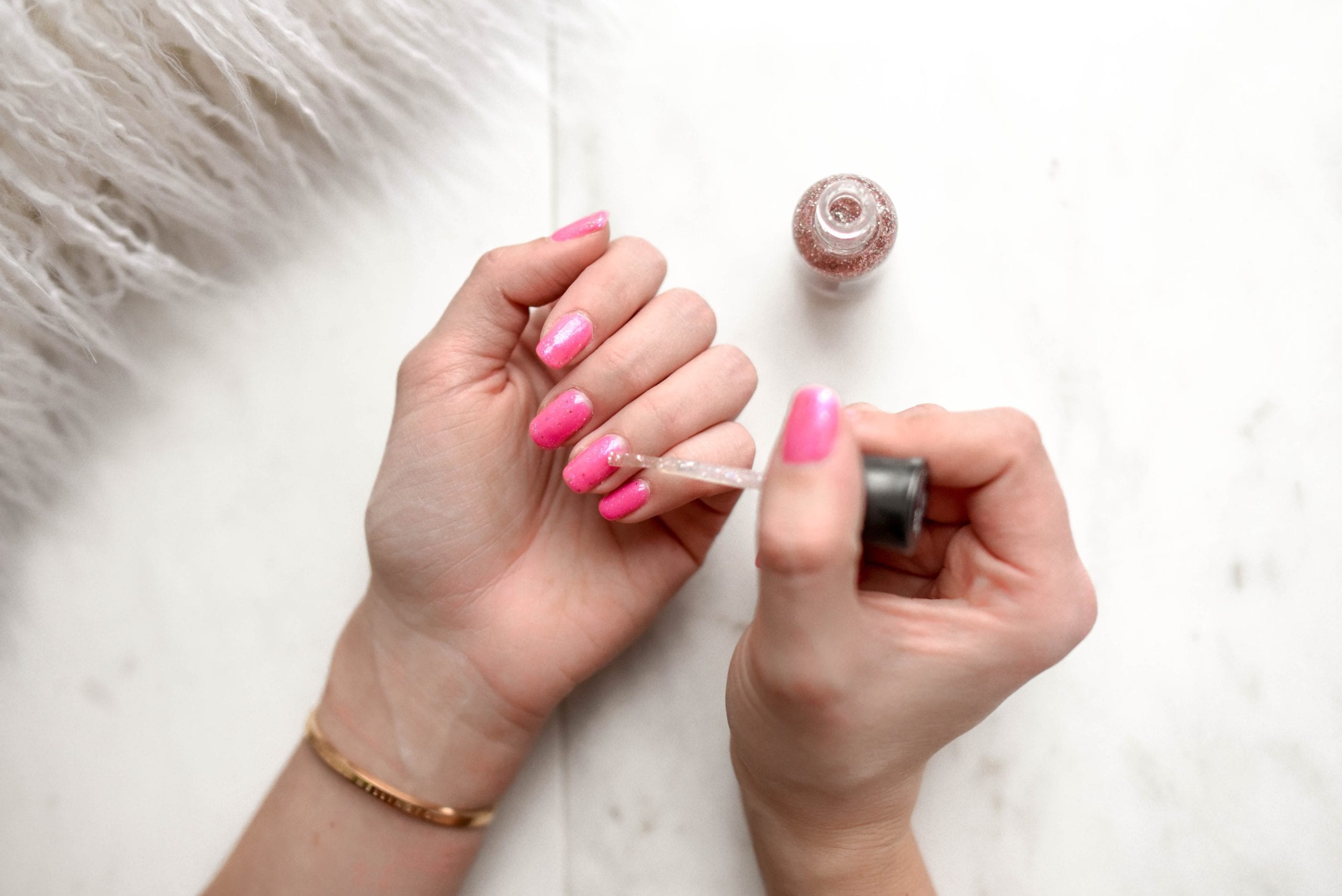
Photo by Element5 Digital on Unsplash
16. Preventing rust
If you like to cook with cast iron skillets, you know how important it is to prevent rusting. Storing your skillet with a coffee filter inside it will help.
17. Lining a sieve
Chefs are forever looking for easy ways to line their sieves while cooking — look no further than a coffee filter.
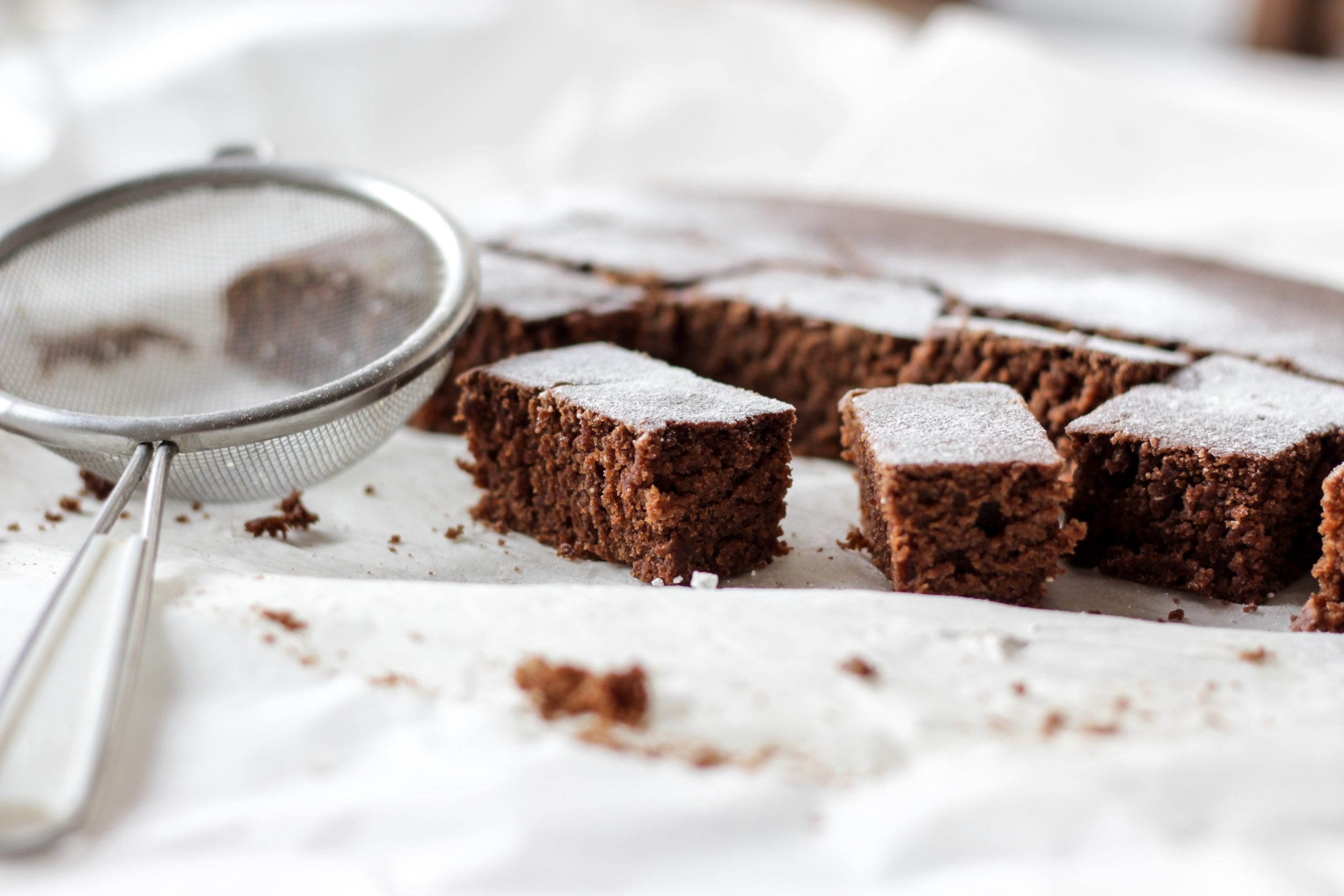
Photo by NordWood Themes on Unsplash
Some of these are so creative! I can’t wait to try out a coffee filter the next time I make tea.
Don’t forget to let us know which ones you try in the comments!
The post 17 Uses for Coffee Filters That Have Nothing to Do With Coffee appeared first on UberFacts.
